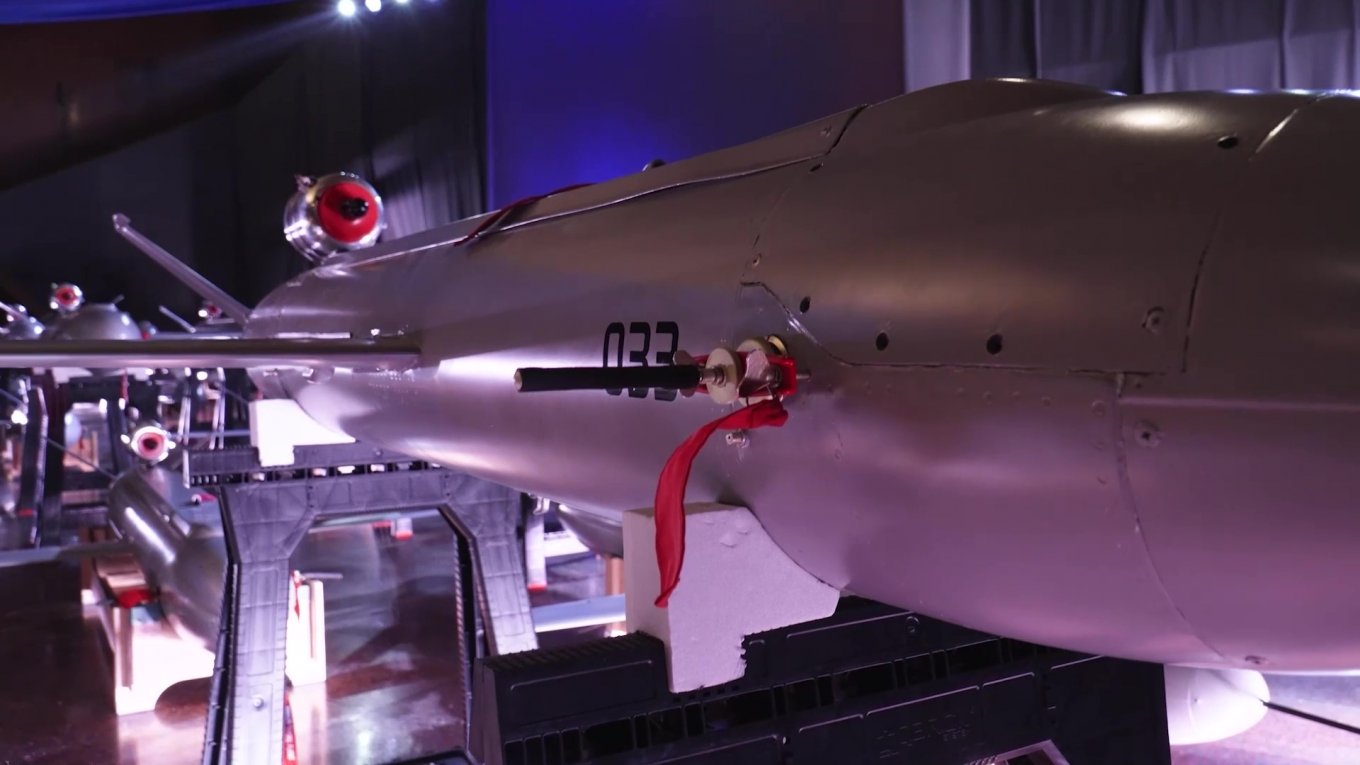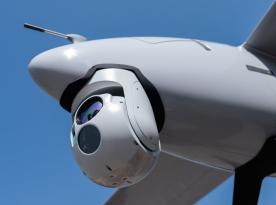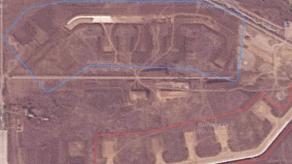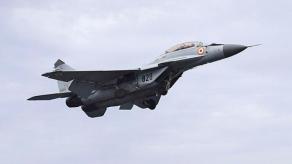Ukraine officially unveiled this long-range strike weapon, named Peklo, which has already been used in combat against enemy targets, appearing to have passed operational testing. Ukrainian President Volodymyr Zelenskyy announced that the first batch of these missiles has been delivered to the Ukrainian Armed Forces.
Reports indicate that the Peklo can achieve a range of up to 700 km and speeds of up to 700 km/h. Interestingly, following the tradition set by the Palianytsia, this weapon has been classified as a missile drone, despite appearing in photos as a conventional cruise missile with relatively compact dimensions.
Read more: Ukraine Has New Long-Range Weapon: Palianytsia Missile and Drone Hybrid, Already Used

Although the exact specifications of the Peklo missile remain undisclosed, official photos provide some insight into its characteristics. Regarding dimensions, the approximate length and wingspan of the Peklo are estimated to be around 2 meters. The warhead’s weight is unlikely to exceed 50 kg due to the missile’s compact size. This estimate can be compared to conceptually similar systems like Anduril's Barracuda. While increasing the warhead weight is technically feasible, it would proportionally reduce the missile’s range.
The propulsion system is a compact turbojet engine, though its specific model has not been identified. For such aerial systems, thrust levels of 400–600 N, achievable by engines weighing 4–8 kg, could suffice. Maximum thrust might reach 1500 N, supported by engines weighing around 17 kg.

Significantly more intriguing details emerge when examining closer, detailed photos. For instance, it is evident that the Peklo missile’s fuselage is constructed using aerospace manufacturing technologies, incorporating metal and rivets. This reliable and well-established solution allows for industrial-scale production of fuselages.
The fuselage comprises only a few large sections, simplifying the installation of components and assemblies. The engine, as noted earlier, is mounted externally. This design choice likely enhances ease of installation, saves internal space within the fuselage, and eliminates the need for air intakes.

The Peklo missile’s fixed wing is a highly practical decision, as attempts to make it foldable would only complicate the design, increase its weight, and potentially degrade aerodynamic performance.
Its rear tail assembly is V-shaped to save weight. Additionally, the control surfaces—ailerons and elevons—lack external linkages, which is a hallmark of a mature, jet-engine-based design.

A noticeable ridge runs along most of the missile’s body, likely serving as a structural reinforcement. The body also features a small air intake, potentially for cooling internal systems. Additionally, two round openings are visible, which might house radome covers for satellite navigation antennas.
This setup is feasible unless the missile flips in the air after launch to position the engine beneath the fuselage—a theoretical possibility. If this is the case, it would suggest the missile is equipped with radio altimeters.
At the missile’s nose, a pitot tube is visible, essential for measuring airspeed. This detail also sheds light on the Peklo missile's navigation systems, which likely include inertial and satellite navigation, and possibly TERCOM or DESMAC systems for comparing terrain or imagery against reference data.
Photos reveal the Army of Drones project logo on the missile, indicating its connection to the joint initiative by the Ukrainian Ministry of Defense, Ministry of Digital Transformation, General Staff, State Service for Special Communications, and UNITED24.

The launch method remains a question. The long fixed wings suggest it is unlikely launched from an aircraft. For ground launches of jet-powered aircraft like this, a rocket booster is typically required, usually attached beneath the missile. A possible attachment point for such a booster can be observed at the bottom of the fuselage in the images.
In conclusion, the Peklo missile exemplifies a robust and pragmatic design, balancing technological sophistication with scalability for industrial production.
Read more: Hundreds Per Week: What We Know of New Mk1 Anti-Drone Missile Frankenburg Developed For Ukraine














